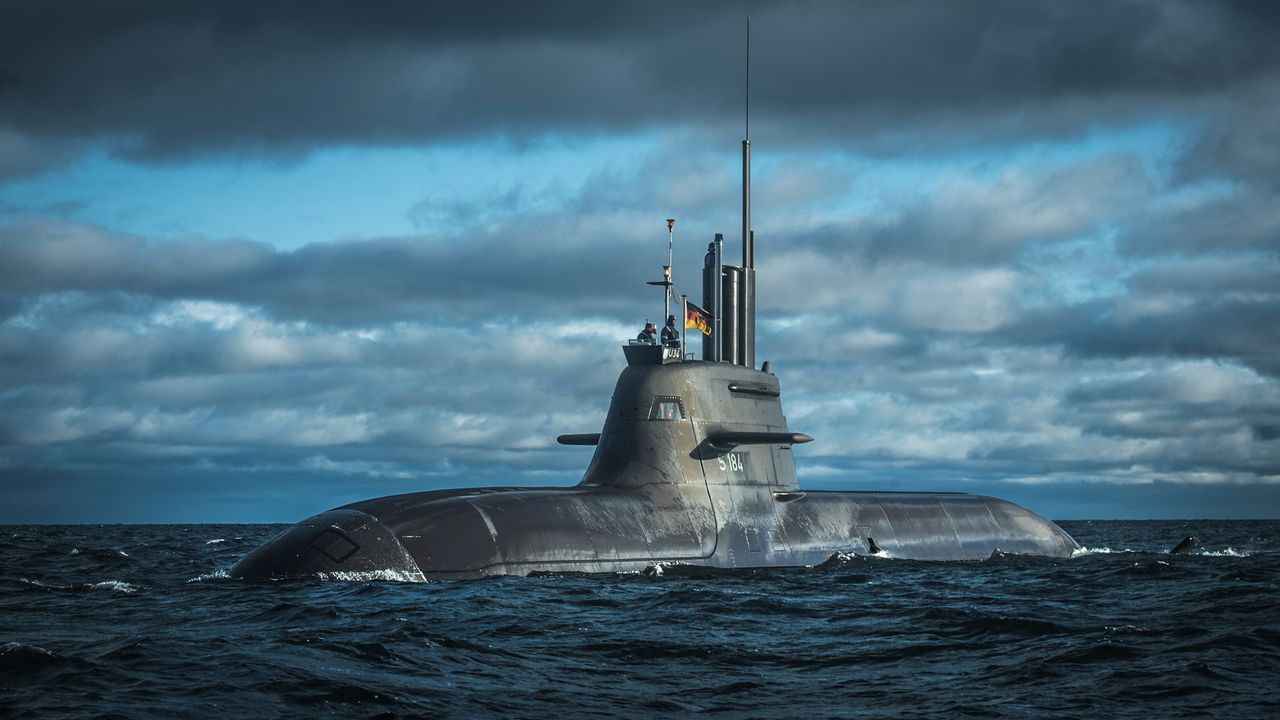
Virtual Operation and Maintenance Training
Deeper knowledge of single equipment based on operational readiness requirements.
Operation and Maintenance Training (OMT) - for all operators and maintenance personnel responsible for on-board maintenance (OLM, LOM1). The training enables job-specific further qualification of maintenance crew for tasks at the intermediate maintenance level (ILM, LOM2) at the shipyard.

A growing demand for increased vessel availability along with accelerated innovation cycles meets a soaring demand for advanced maritime training. In the navy, a rising number of long-term assignments abroad additionally reinforces this development. Therefore, multi-crew- and crew rotation concepts become more & more common. Crew sizes shrink, while operational activities and workload concentration grows. Concurrently, the complexity and interconnectivity of equipment and systems continuously increases.
The Solution
The Operation and Maintenance Training will be branch specific. It will be realized as a combination of CBTs and VR sequences in required parts so that trainees gain a deeper knowledge of single equipment based on operational readiness requirements. Based on the “Overall Didactical & Methodical Concept” the Operation and Maintenance Training has its focus on the vessels / submarines equipment.
The Learning objectives are:
Trainees shall gain branch specific deeper knowledge to single equipment to secure safe operation and on board level maintenance
Troubleshooting, debugging and maintaining of single equipment
After the theoretical transfer of knowledge for the respective equipment is finished by the trainee, the trainee continues the course by entering the next chapter “Operation Mode”. This chapter becomes more practice and activity oriented, as the service and handling of the equipment will be first trained in a theoretical matter and afterwards this knowledge will be - if necessary - verified in practice by using the virtual boat. Each operating mode (automatic, manual, safety, etc.) will be covered by its own module. The chapter will be classified in modules providing knowledge for troubleshooting, preventive and corrective maintenance tasks. In each module theoretical fundamentals will be trained, afterwards the maintenance and troubleshooting tasks will be verified in VR. The maintenance and troubleshooting tasks will correspond to the tasks conducted in OEM training.
Even in Operating and Maintenance Mode - but depending on the subject, parts of the practice exercises and haptic researches can be conducted.
In “Assessment” chapter, the trainee will be routed through a randomized arranged question (CBT) and/or scenario (VR) pool, covering all above-mentioned chapters. It correlates to the assessments inside each module and serves as the global and final qualification step of each Operation and Maintenance course. By this methodology it is ensured, that the trainee achieved a general understanding and safely hands-on capability of the related equipment.

Operation and Maintenance Training
The Benefits
Higher efficiency and effectiveness of MRO services ensures a smooth operation vessels to their full potential
Reduction of risks for safety, health, environmental protection and MRO quality
Lifetime extension (about 20%), increased uptime
Improved maintenance training results due to experimental learning reflected by an improved knowledge retention rate of about 75%, increased recall accuracy of median 90%, rise of motivation & training acceptance attractiveness of 97% and proven quality optimization thanks to standardization





